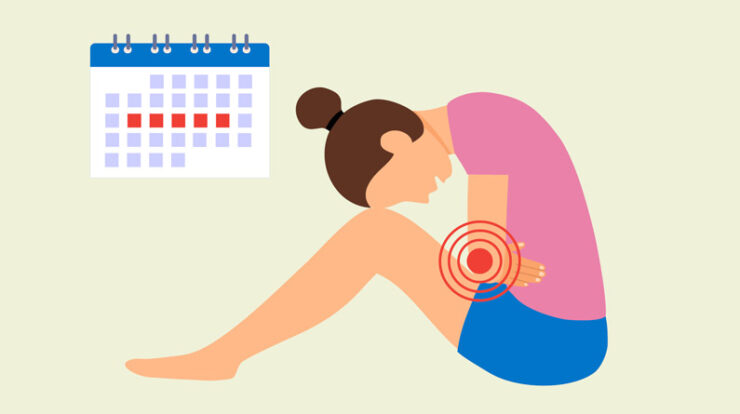
Technology offers several advantages when it comes to making counseling more accessible for clients. It can make it easier for people to find help, provide support in between appointments and monitor a person’s progress during a course of therapy. Although face-to-face appointments will continue to play an important part in helping people talk through their concerns and problems, now remote working is also becoming the norm. This is achieved through various forms of technology including smartphones, tablets, video sessions and apps. By adopting this new way of providing service, counselors have developed connections with people who may have struggled to access help. This could be due to their location, their personal feelings about therapy or their financial situation.
Training counselors to provide accessible care
Working in a virtual space requires different skills and competencies than those which are required for in-person practice. Today, universities ensure counseling graduates are ready to deliver services in the traditional way, but also to work with clients remotely. Reputable educational institutions such as Walsh University have adapted to incorporate training on mental health accessibility through their courses. Their Master of Arts in Counseling and Human Development ensures students gain a well-rounded understanding of the profession and learn to provide effective therapy in a range of environments. With 100% online coursework, the program is flexible enough to accommodate work schedules. During internships, students gain the practical experience they need to work with clients and earn the hours they need to become licensed.
Why is technology so helpful in providing mental health support?
Counseling provided through technology solutions can take place when it suits the client, as they bypass the need for one-on-one meetings and allow people to avoid traveling to a different location. In addition to avoiding the social aspects of therapy which they may find off-putting, clients can also look for treatment without needing to involve anyone else, a factor that appeals to those who prefer to maintain their privacy. The nature of virtual interactions can also make people feel more confident when speaking about difficult subjects. Many technologies, especially apps, can be downloaded and used within minutes. While they may not be sufficient for a person in crisis, they can offer immediate help to those with less critical needs.
Which types of technology are proving the most useful?
Technology can provide custom mental health support that’s flexible enough to adapt to a client’s changing needs. It lowers barriers to access, boosts the uptake of vital services and can help users to better understand their own mental health.
Staying in touch online through telehealth
Telehealth has proven to be a safe and effective way for counselors to provide advice and support for people in their own homes. Virtual appointments can be made online through the counsellor’s website or via a healthcare provider, such as a clinic or hospital. Many facilities now provide telehealth as part of their mental health outpatient offering, but it can also be organized through private medical care.
Once a meeting is arranged, the client will connect with their therapist through a portal, a video link or simply on the phone. If people are not yet ready to talk, many counselors offer text therapy or make referrals to a more appropriate service. Along with one-to-one sessions, group therapy can be organized for families and relationship counseling for couples.
In all therapy sessions, privacy is of crucial importance, as people are sharing very personal information. Although technology is used to facilitate online meetings, clients can expect the same level of privacy as they would during in-person meetings. Unless it has been agreed beforehand, appointments are never recorded, and therapists will get in touch from their office, or another private location. All the participants need to have are a reliable internet connection and a quiet place for the meeting to be held.
Getting expert help on-the-go with mental health apps
People who want to use a counselling service but need sessions to fit in with their busy lifestyle can use apps to get help. These don’t just put clients in touch with a counselor, they also allow people to monitor their progress independently and gain a deeper understanding of their mental state. In this way they support better overall mental health. Many people use an app as well as visiting a health professional in person or meeting one remotely. They present a simple way of getting additional support between these sessions and can also become a go-to service once a course of therapy has ended.
Some apps are advanced enough to detect changes in behavior and this data can be used to signal that a problem is worsening. As a result, the user can get in touch with their counselor immediately or mention the issue at their next session, to ensure that help is on hand before a crisis escalates. Depending on the package a user signs up for, some apps, such as Talkspace, provide users with access to a licensed mental health professional, 24 hours a day, seven days a week.
Using mood trackers to improve wellbeing
Specially designed apps are available for Apple and Android devices to track many different health metrics. The technology they use can be tailored to help people manage their mental health. Unlike standard mental health apps, mood trackers are managed exclusively by the client. They can be used alone, or as a way of supplementing professional counseling. The types of tracking offered include the amount of exercise a person has performed, whether they have taken their medication and what their mood has been. Changes can be tracked over time to see if any activity or treatment is having a positive effect. To keep people focused on managing their progress, the app can be set to deliver reminders about noting mood changes or taking medication.
Many have a forum where users can chat with other people who are experiencing similar symptoms, where they can also share advice or ask for wellbeing tips. For some people, sharing goals and feeling part of a wider team can be highly motivating.
Virtual reality can calm the mind
Some therapists use VR to provide immersive treatments through a headset and specialized software, an experience which mimics console gaming and will be familiar to many people. VR sessions are combined with regular consultations, so clients can ask questions and consider whether this form of therapy is useful. During a virtual reality session, people learn how to manage their symptoms in a simulated and secure environment. They interact with situations in ways that feel real but give them a greater sense of control than a real-world setting would, because they can simply take off the headset to stop the simulation. Sessions tend to last around half an hour and there is a virtual coach to guide the experience. When they meet with a counselor at their next appointment, the client is encouraged to talk through the feelings they experienced.
Conclusion
Advancements in technology have improved accessibility to mental health care in numerous ways. In particular, the use of virtual reality, mood trackers, mental health apps and telehealth have all made mental health support easier to access. As the future unfolds, we expect to see even more advancements in this area.






